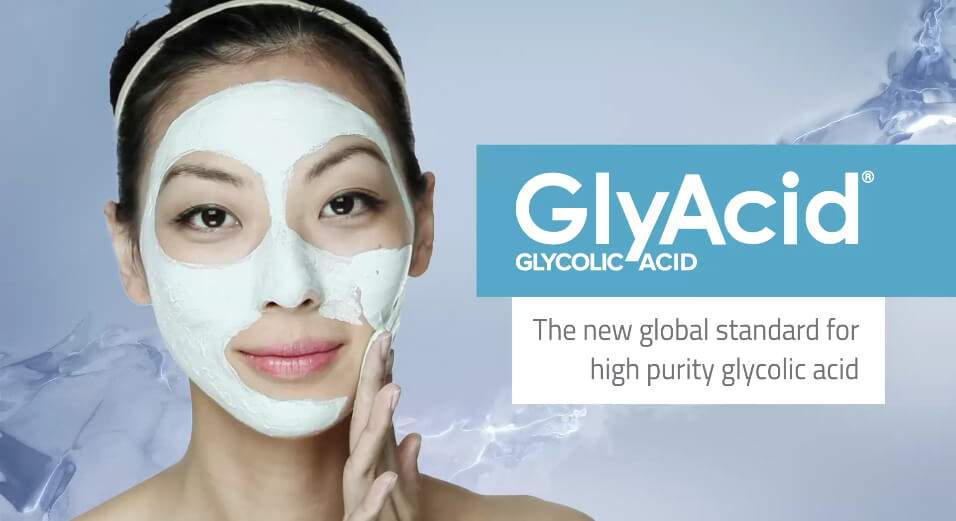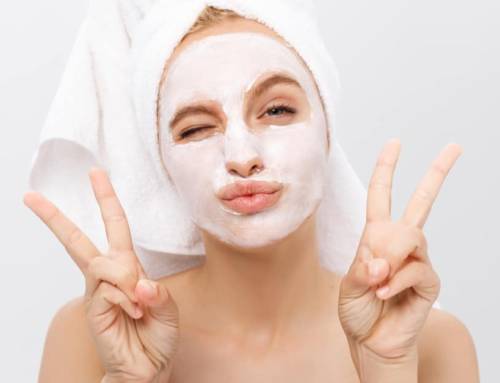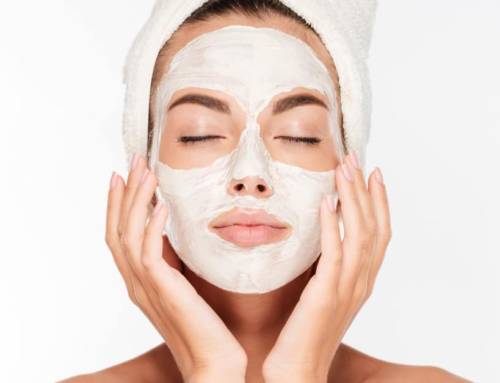The Problems With Popular Home Pore Extraction Tools

While, extractions were once solely the domain of qualified, trained aestheticians, many consumers are now attempting to DIY their own pore extractions – with too-often disastrous results.
Sharing questionable how-tos via social media
A recent surge of at-home pore extraction “tutorials” have flooded social media as of late, providing curious consumers faulty “tips” and flawed “how-tos” on using pore extraction tools at home.
“DIY skincare is reaching new heights and many people would rather fancy themselves as ‘Dr Pimple Popper’ than leave an unsightly zit unsqueezed,” Dr. M.J. Rowland-Warmann told Refinery29. “For lots of patients, tools like these legitimize squeezing spots by pretending to be an effective or proven method, but we have to see this as potentially damaging to the skin.”
Often made of metal, pore extraction tools typically feature looped ends or sharp, curved points that can physically push debris from a pore. The tools can be found everywhere from online marketplaces to high-end beauty retailers to drugstores.
But dermatologists are extremely concerned about the damage these now-ubiquitous tools can wreak on the skin.
Dangerous DIY
There are many potential issues with at-home pore extraction, beginning with the potential for an untrained individual to inflame or irritate their skin – and even worsen the appearance of a breakout.
“Pore extraction is one of those things that should not be done at home,” consultant dermatologist Dr. Anjali Mahto told Refinery29. “This needs to be done by someone who is trained to properly extract them, otherwise you could push the inflammation deeper and cause or even worsen the spots.”
Additionally, pore extraction always carries the risk of scarring the skin, or even causing an infection.
“The way the tools are used is often crude, so they can cause mechanical trauma to the skin, creating cuts and other injuries and potentially resulting in scarring,” Dr. Rowland-Warmann said. “As it is also difficult to properly clean these instruments, they can carry an infection risk which can have serious consequences on the health of the skin. I have seen skin infections from repeated self-extraction with a hooked tweezer.”
A safer way to shrink pores?
"I have seen skin infections from repeated self-extraction..."
Dr. M.J. Rowland-Warmann
While the promise of pore extraction is alluring, consumers have a safer, better option for treating breakouts and minimizing the look of large pores. Exfoliation with glycolic acid is a highly effective way to improve both the health and appearance of skin quickly and efficiently.
As the smallest molecule in the Alpha Hydroxy Acid family, glycolic acid easily penetrates the skin barrier, and quickly dissolves the bonds holding oil, dirt, and dead skin cells together. By sweeping away this proverbial “junk” out of pores, skin looks smoother, healthier, and more evenly toned. Even better? Breakouts are less likely to occur.
So, with DIY skincare procedures a growing phenomenon, it will be increasingly important for skincare product marketers and formulators to educate consumers on the dangers of at-home procedures like pore extraction.







